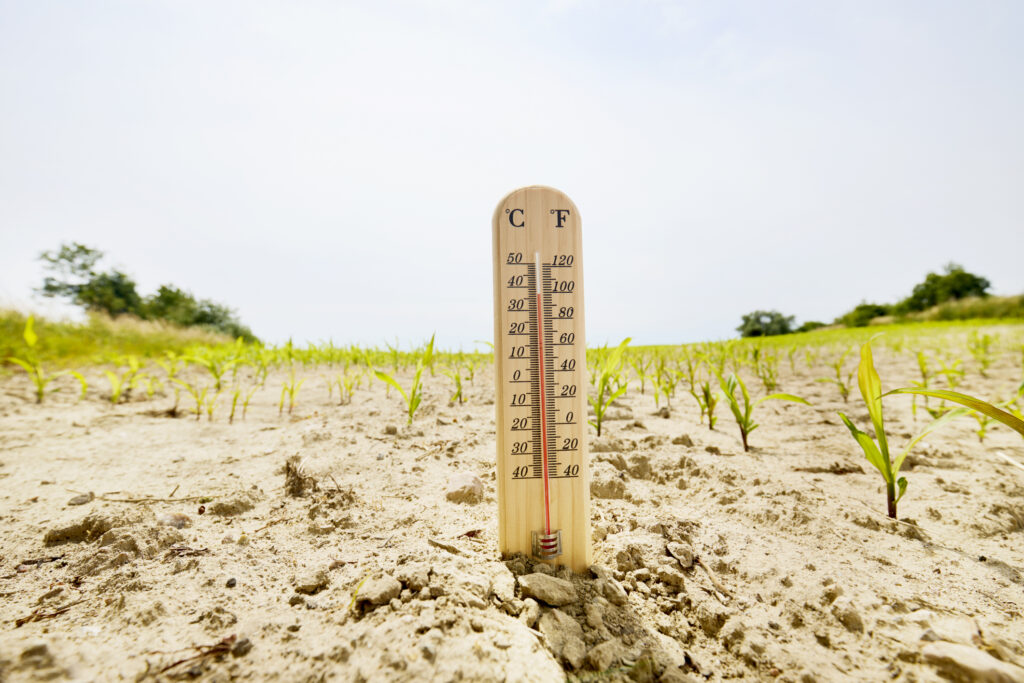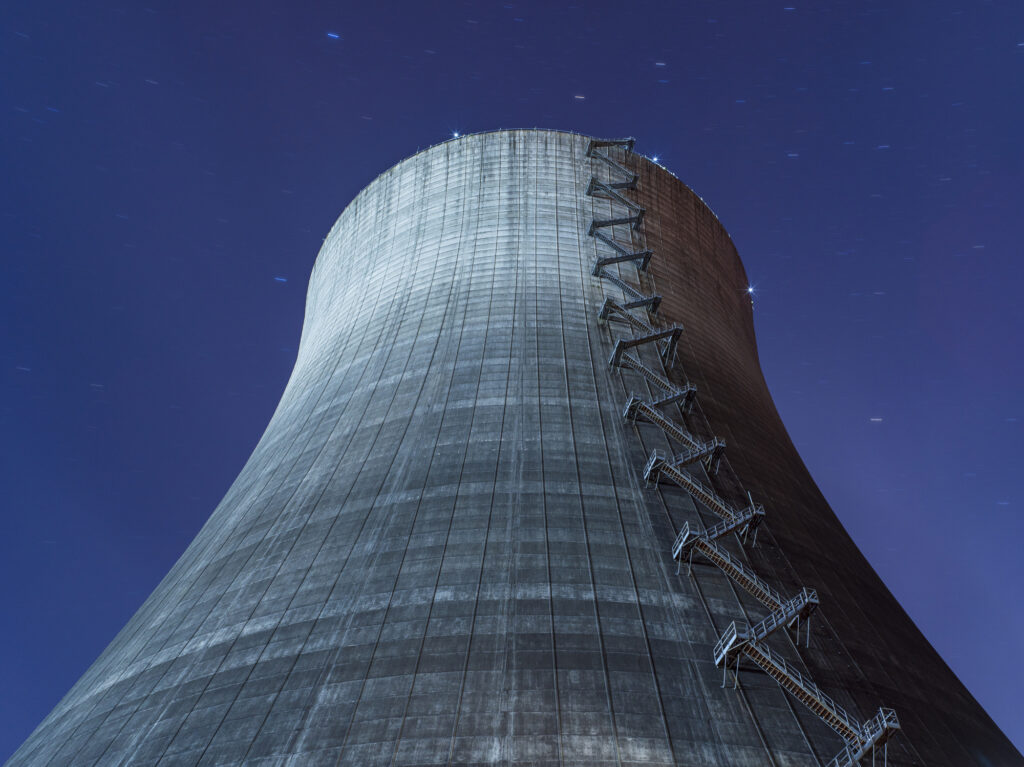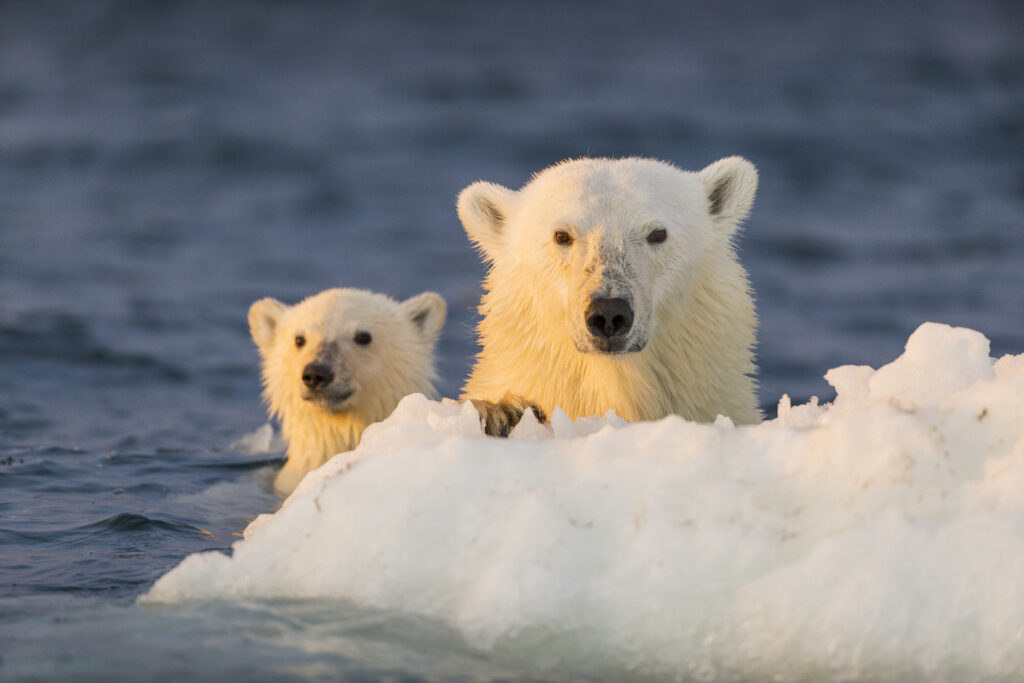Climate Change Weekly #149
The European Union’s (EU) unilateral efforts to tackle climate change have been a disaster for the economy and the region’s people.
In 2002, the EU approved the Kyoto Protocol and committed to cutting its collective greenhouse gas emissions to 8 percent below 1990 levels by 2008–12. As a result of the restrictive and prescriptive energy policies imposed to meet the target, today the economies of most EU member states are stagnating or in decline. The Organization for Economic Cooperation and Development warned in late November the crisis-ridden EU poses a major threat to the world’s economy.
Europe’s climate strategy was based on two key assumptions: first, global warming was an urgent threat needing to be addressed immediately regardless of the costs; second, the world was running out of fossil fuels, so as oil and gas became ever more expensive, renewable energy would become competitive. Neither assumption proved correct.
Europe’s assumption about the urgency of the global warming problem has run up against the now-18-year-long pause in global temperature rises. That pause was not predicted by climate models and at the very least indicates either a misunderstanding of the factors affecting temperature or a consistent overestimation of climate sensitivity.
In addition, while Europe adopted legally binding emission reductions and domestic policies to meet them, the world did not follow suit.
EU countries have substantially reduced carbon dioxide (CO2) emissions domestically, but only at the expense of the region’s economic viability. Europe’s energy-intensive and heavy industries moved abroad to locations with no CO2 emission limits and less expensive energy and labor costs. Those countries are now growing much faster than the EU.
EU member states spent about $882 billion on renewable energy projects between 2005 and 2013. In Germany alone, the green energy transition could cost more than $1 trillion by 2030 if the country’s climate targets and renewable energy goals are not modified.
Energy prices have risen sharply in Europe, where electricity price are now more than double those of the United States. In 2012 alone, lower gas and electricity prices in the United States relative to Europe meant estimated savings of close to $130 billion for U.S. manufacturing.
Last year, Antonio Tajani, the EU’s outgoing industry commissioner, warned Europe’s unilateral climate policies were pushing electricity costs to uncompetitive levels: “We face a systemic industrial massacre. We need a new energy policy. We have to stop pretending, because we can’t sacrifice Europe’s industry for climate goals that are not realistic, and are not being enforced worldwide.”
The costs of Europe’s climate policies have sparked the editors of The Washington Post to acknowledge Europe “has become a green-energy basket case. Instead of a model for the world to emulate, Europe has become a model of what not to do.”
Recognizing the seriousness of this problem, the EU has responded in its latest climate policy agreement by making its terms conditional on a binding international climate treaty. On October 23, EU leaders agreed to a conditional CO2 reduction target of 40 percent by 2030 ‒ provided there is a legally binding UN climate treaty. A special “flexibility clause” was added to the final text, allowing the council to reassess its conditional target after the UN summit.
There is no more “go-at-it-alone” or “Europe-leads” European plan. If the U.S., China, and others don’t adopt binding limits, Europe, learning from its previous climate policies, is prepared to look towards its best industrial interest first for a change.
SOURCE: Global Warming Policy Foundation
IN THIS ISSUE
Placing the safe climate bet … WHO misstates climate-caused deaths … CO2 used to make super-capacitors … Legacy of Climategate … Arctic sea ice recovers … Obama climate push: High cost, low return
PLACING THE SAFE CLIMATE BET
Based on the historical relationship between solar activity and temperature the world should be in a cooling trend, yet based on models the world’s governments are preparing solely for warming. Tim Ball, Ph.D., argues this is a foolish bet. Based on game theory and applying a version of Pascal’s wager, he says we should be preparing for cooling. Any examination of climate change and environmental changes through history shows colder temperatures are a much greater threat to flora and fauna, and therefore the human condition. More important, adjustments are much more easily made to warmer conditions than to cold.
SOURCE: Watts Up With That
WHO MISSTATES CLIMATE-CAUSED DEATHS
The Global Warming Policy Foundation released a report exposing misleading assumptions used by the World Health Organization (WHO) to claim global warming could cause 250,000 deaths per year between 2030 and 2050. Indur Goklany, Ph.D., says WHO relied upon absurd assumptions to reach its conclusion. First, WHO used climate models that substantially overstate the amount of warming we should expect based on observations. Second, WHO assumes nations will fail to undertake common-sense, obvious steps to protect themselves from the effects of climate change like rising sea levels, including steps already being undertaken in some developing countries. According to Goklany, “The idea that people would not, for example, react to higher sea levels by building higher sea defences or even moving away from the coast is preposterous, so for the WHO to suggest such a high death toll from climate change completely misleads the public.”
SOURCE: Global Warming Policy Foundation
CO2 USED TO MAKE SUPER-CAPACITORS
Chemists and engineers at Oregon State University have discovered a new way to take carbon dioxide from the atmosphere and use it to make an advanced, high-value material for use in energy storage products: nanoporous graphene. Nanoporous graphene is a form of carbon with an enormous specific surface area of about 1,900 square meters per gram of material, making its electrical conductivity 10 times greater than the activated carbon now used to make commercial super-capacitors. OSU chemistry professor Xiulei (David) Ji, lead author on the study, said, “There are other ways to fabricate nanoporous graphene, but this approach is faster, has little environmental impact and costs less.”
SOURCE: Watts Up With That
LEGACY OF CLIMATEGATE
Judith Curry, Ph.D., first came to national attention five years ago with the breaking of Climategate, which exposed the lack of transparency in climate research. Since Climategate, and partly because of it, transparency has improved substantially with journals and funding agencies now expecting data to be made publicly available. In addition, the code for most climate models is now publicly available. Also, the limits of climate knowledge are more readily admitted and documenting and communicating uncertainty has improved. The InterAcademy Council’s review of the Intergovernmental Panel on Climate Change (IPCC), prompted by Climategate, highlighted a number of problems with IPCC but had only a limited effect on its operations. IPCC has made token response to some of the problems IAC pointed out but has ignored others. Since Climategate a number of serious scholarly critiques of IPCC have been made with suggestions for reform.
SOURCES: Climate Etc.
ARCTIC SEA ICE RECOVERS
Record Antarctic sea ice extent has confounded climate model projections and the dire pronouncements of global warming alarmists, but as a consolation they have been able to point to recent declines in Arctic sea ice. Now, even this consolation prize has disappeared. Arctic sea ice extent set a new decadal high each day in November, and within a few days it will have recovered to the 35-year mean. It is unlikely any of the major news outlets, government officials, or environmental lobbyists actively promoting the global warming scare story will report the Arctic’s recovery.
SOURCE: Real Science
OBAMA CLIMATE PUSH: HIGH COST, LOW RETURN
The Obama Administration has proposed a series of mandates, regulations, and taxes in an effort to “do something,” about climate change. The authors of a new Heritage Foundation study describe these various regulations, quantify their impact, and estimate the temperature benefit purported to flow from them. The authors found President Barack Obama’s climate policies will result in the loss of 500,000 manufacturing jobs, the loss of more than 45 percent of coal-mining jobs, an aggregate GDP loss of more than $2.5 trillion (inflation-adjusted), and an income loss of more than $7,000 per person (inflation-adjusted). Those climate policies will reduce future warming by 0.02º Celsius by 2100. Even if climate change is a significant problem – which the current literature indicates it is not – Obama’s costly and ineffective climate policies are clearly not the way to address it.
SOURCE: Heritage Foundation





